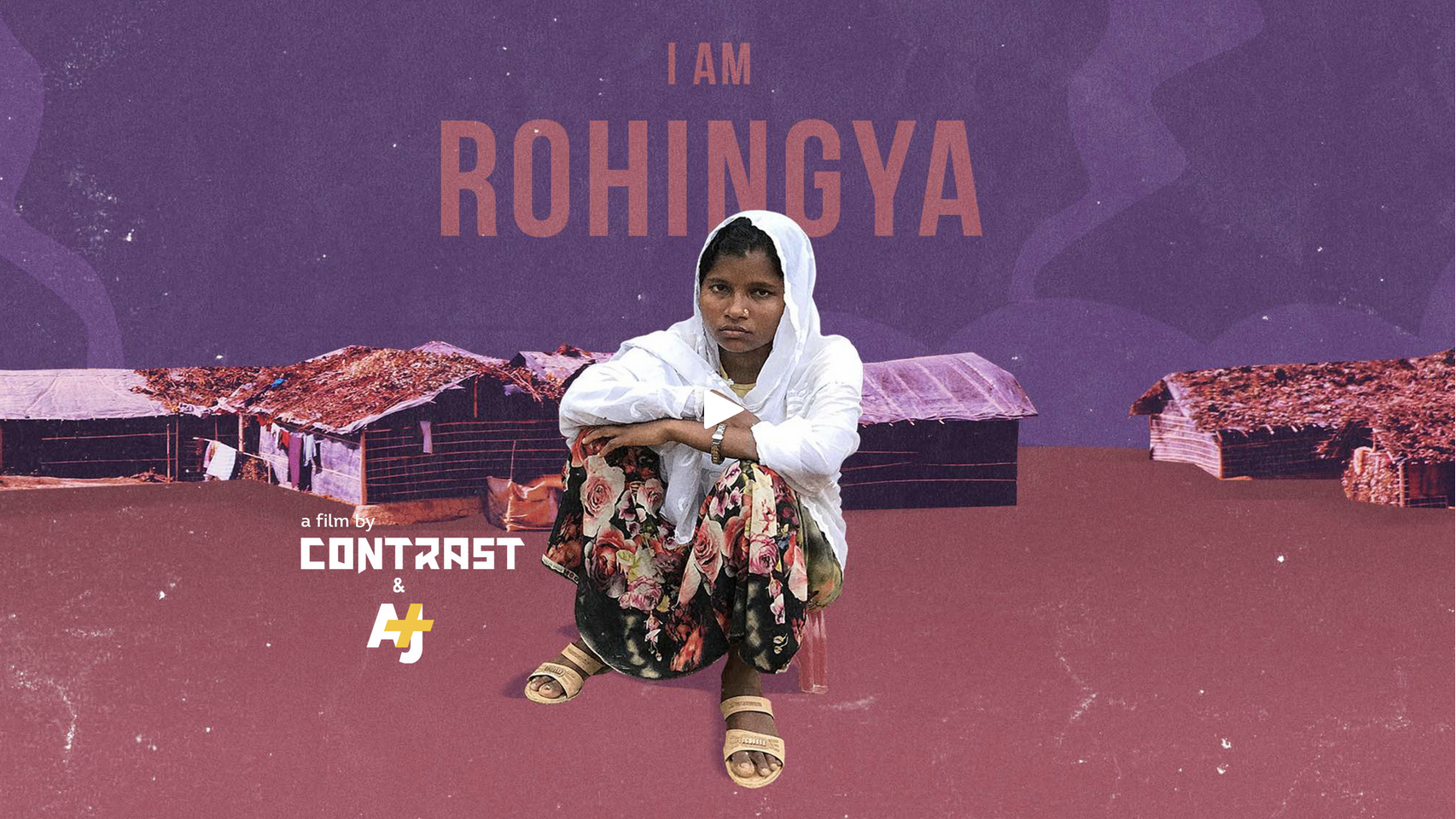Exploring ‘proper distance’ in virtual reality for humanitarian practice

Emerging technologies are increasingly being incorporated into humanitarian practice by non-governmental organizations, governments, and leading institutions. Such new technologies include digital mapping systems, GPS technologies, unmanned aerial vehicles (UAVs), satellite imagery, and virtual reality deployed in the service of humanitarian rescue and aid efforts. Among all of these, virtual reality (VR) seems to occupy a central spot in humanitarian practice.
As a matter of fact, since 2015, the United Nations Virtual Reality (UNVR) project has funded more than 20 VR films highlighting humanitarian crises from around the world. The attention on VR is based on the premise that the technology, by immersing users in the lifeworlds of the depicted subjects, can raise empathy levels in audiences and build bridges. The foregrounding of VR is part of a broader move in humanitarianism, which can be referred to as a ‘digital turn.’ This begs the larger question of how we seek to understand this ‘turn’ in humanitarianism. What are the gains and losses in the largescale incorporation of emerging technologies in humanitarian practice?
“What are the gains and losses in the largescale incorporation of emerging technologies in humanitarian practice?”
Understanding the ‘Digital Turn’
In order to approach these questions from a critical and cultural studies perspective, I will rely on a couple of theoretical lighthouses for illumination. Chouliaraki (2013) offers some useful theoretical interventions that can help us grasp the contours of incorporating emergent technologies in humanitarian practice. She argues that there has been a shift in humanitarianism from the “theatrical structure” to the “mirror structure” (Chouliaraki, 2013). The theatrical structure of humanitarianism retains its “ethical-political” structure, including the mediated frames through which audiences view what Boltanski (2000) calls “distant suffering.”
The theatrical structure is also defined by an outside-facing, Other-oriented morality invested in foregrounding the common humanity between audiences and the depicted victims of humanitarian crises. On the other hand, the mirror structure of humanitarianism is self-facing. The encounter between self and the suffering Other is often reduced to “narcissistic self-reflection.” In contrast to the theatrical structure, the mediated frames of representation are eroded in the mirror formation. How the watching/acting self ‘feels’ is paramount in this configuration. As Chouliaraki (2013) writes, the “pleasures of the self” are inseparable from “moral action” in the mirror formation.
The Role of Distance
I argue that, from a critical-cultural perspective, the issue of ‘distance’ plays a central role in the study of VR applications in the humanitarian field. For a technology whose unique selling point remains that it generates empathy for ‘distant sufferers’ by helping reduce the distance between audiences and depicted Others through immersive experiences, the exploration of the meaning of ‘distance’ seems unavoidable. In short, how we define distance or ‘proper distance’ (in Roger Silverstone’s sense of the term) in the nexus between VR and humanitarian practice is central to a fuller comprehension of the limits and possibilities of emergent technologies in the field.
To Silverstone (2007), the concept of proper distance refers to:
“the more or less precise degree of proximity required in our mediated interrelationships if we are to create and sustain a sense of the other sufficient not just for reciprocity but for a duty of care, obligation and responsibility, as well as understanding. Proper distance preserves the other through difference as well as through shared identity” (p. 47).
In short, proper distance is an unsettled, vigilant optics that is always aware of the differences and overlaps between self and depicted others. The vigilance embedded in ‘proper distance’ also requires a periodic revisiting and updating of how the technologies are linked to power structures and whether their usage best serves the interests of the constituency of ‘distant sufferers’ in whose name they are being deployed.
Given the above explication, what would improper distance look like in the contexts of humanitarian practice? For one, it would be improper to ignore one’s responsibility towards fellow humans. It would be improper not to “bring into cognitive and emotional, and therefore moral, reach the subjects otherwise removed from us, beyond the horizon” (Silverstone, 2007, p. 153). But there is a sharper and more pertinent sense of improper distance. New and emergent technologies, with all their affordances and promises of immersivity, can offer what Kurasawa (2010) calls “phenomenological intensification” (p. 144). That is, these technologies can help restore some of the contexts lost in reified and mediated representations of distant suffering.
“One of the urgent tasks before critical media researchers is then to figure out how proper distance can be actualized in VR usage in humanitarian contexts.”
The danger in such endeavors lies in crossing the line into improper distance; that is, emergent technology users, seduced by the ‘reality’ created by these immersive experiences, might mistake their feelings for real attempts at ameliorating suffering. Therein lies the promise and danger of VR use in humanitarian practice: how to maintain the fine line between ‘proper’ and ‘improper’ distance. One of the urgent tasks before critical media researchers is then to figure out how proper distance can be actualized in VR usage in humanitarian contexts.
References
Boltanski, L. (1999). Distant suffering: Morality, media and politics. Cambridge University Press.
Chouliaraki, L. (2013). The ironic spectator: Solidarity in the age of post-humanitarianism. John Wiley & Sons.
Kurasawa, F. (2013). Humanitarianism and the representation of alterity: The aporias and prospects of cosmopolitan visuality. In S. Gaon (ed.) Democracy in Crisis: Violence, Alterity, Community. Manchester/New York: Manchester University Press.
Silverstone, R. (2007). Media and morality: On the rise of the mediapolis. John Wiley & Sons.
Recommended citation
Irom, B. (June, 2024). Exploring ‘proper distance’ in virtual reality for humanitarian practice. Critical Augmented and Virtual Reality Researchers Network (CAVRN). https://cavrn.org/exploring-proper-distance-in-virtual-reality-for-humanitarian-practice/
This work is licensed under a Creative Commons Attribution-NonCommercial-NoDerivatives 4.0 International License.
